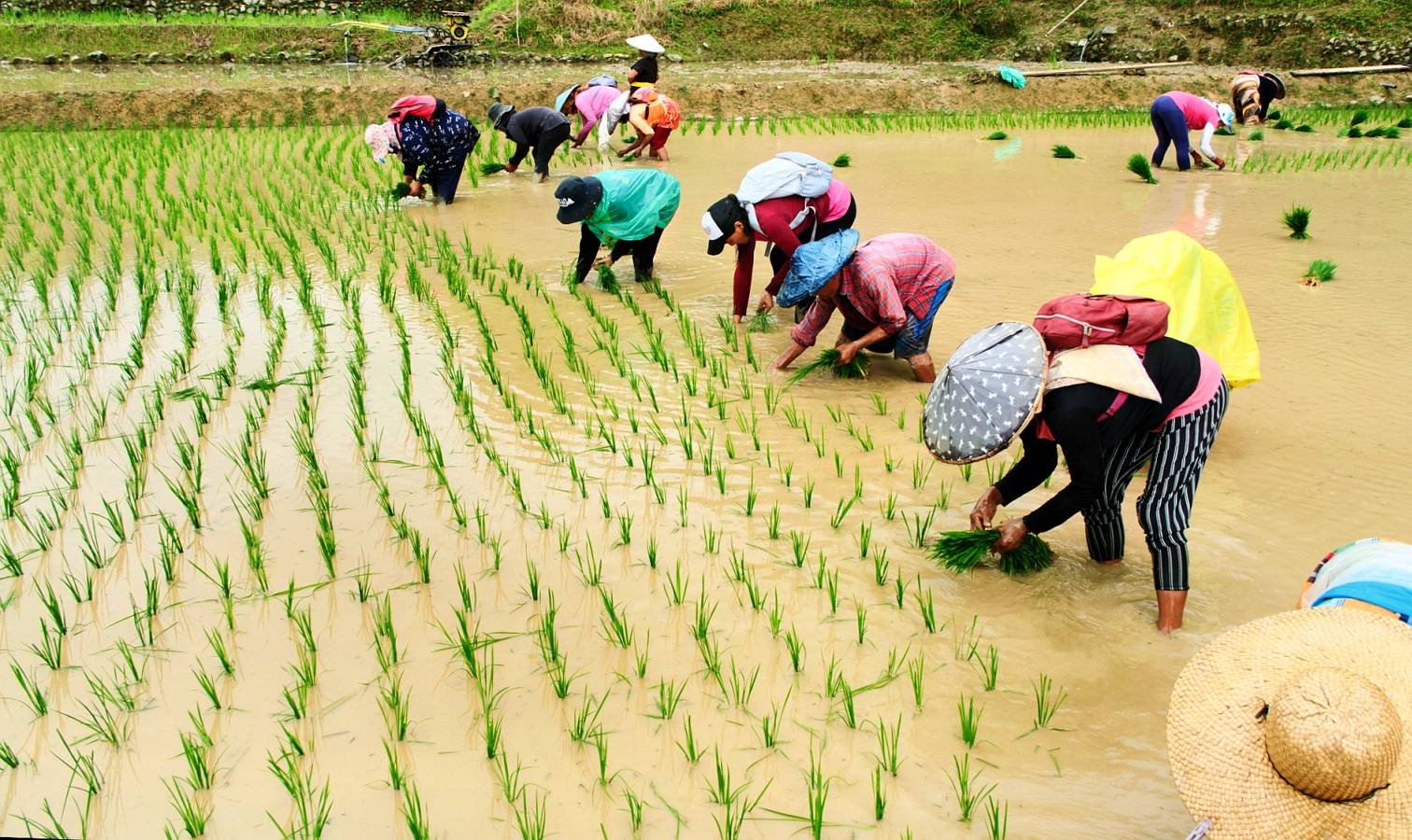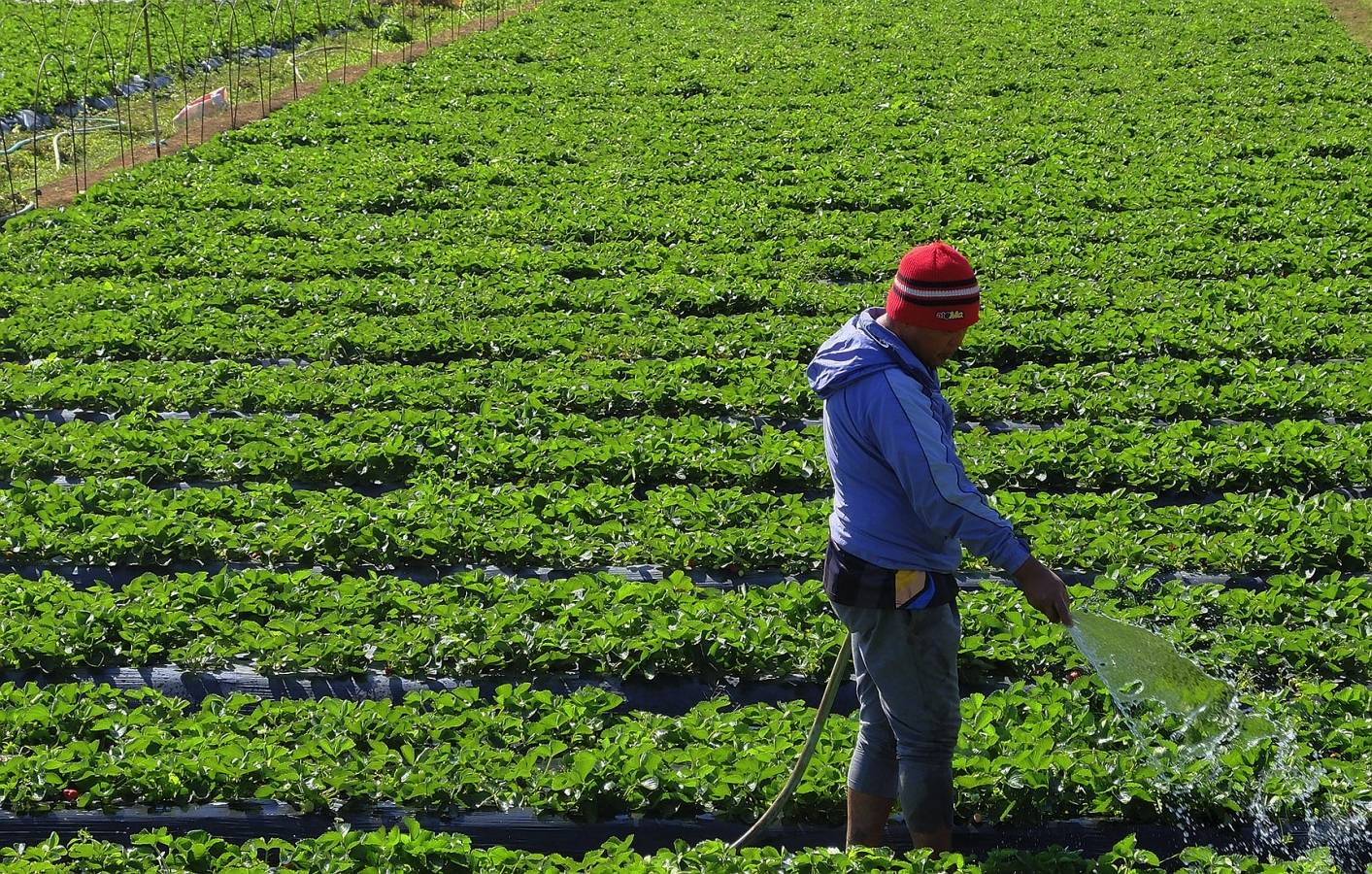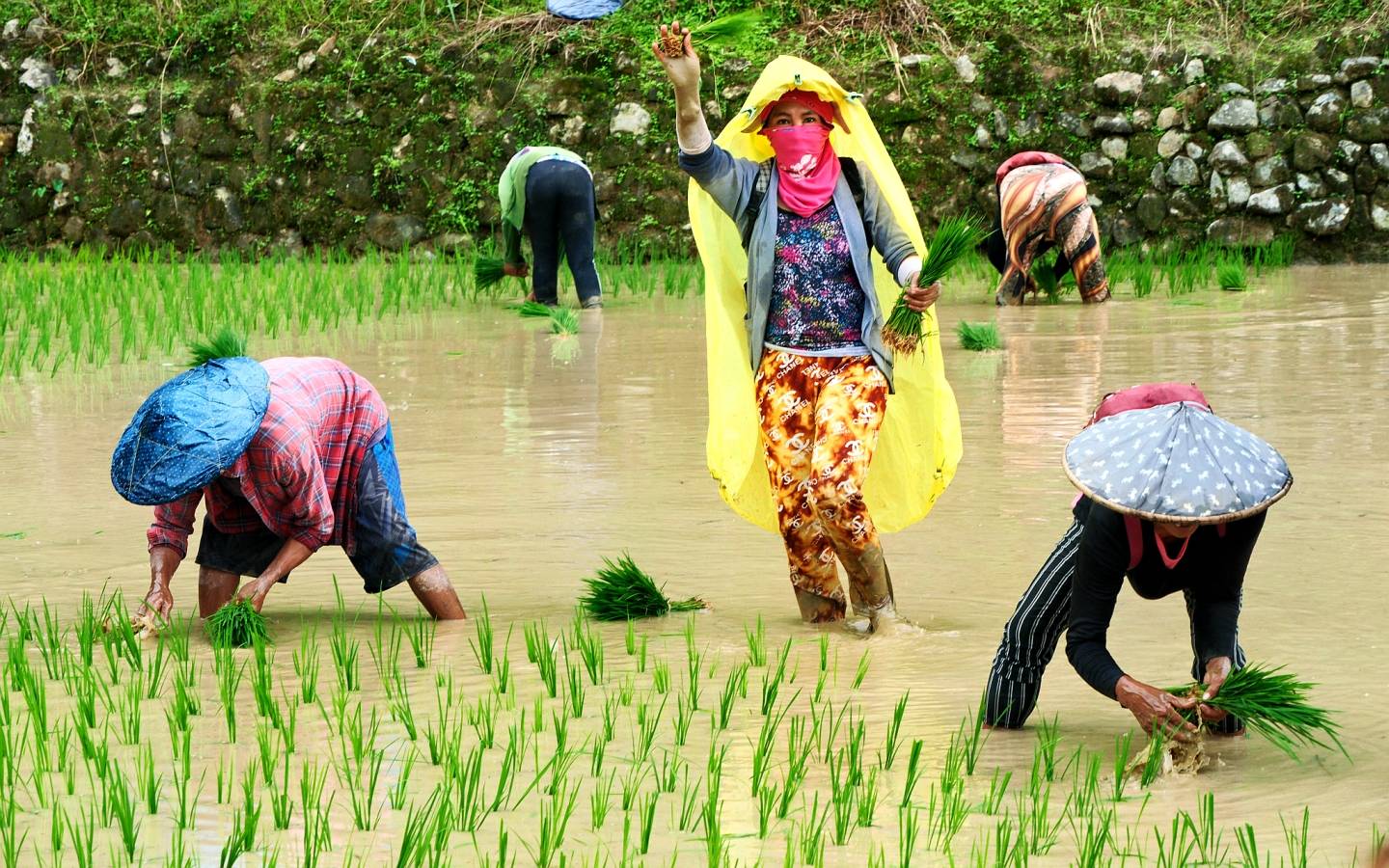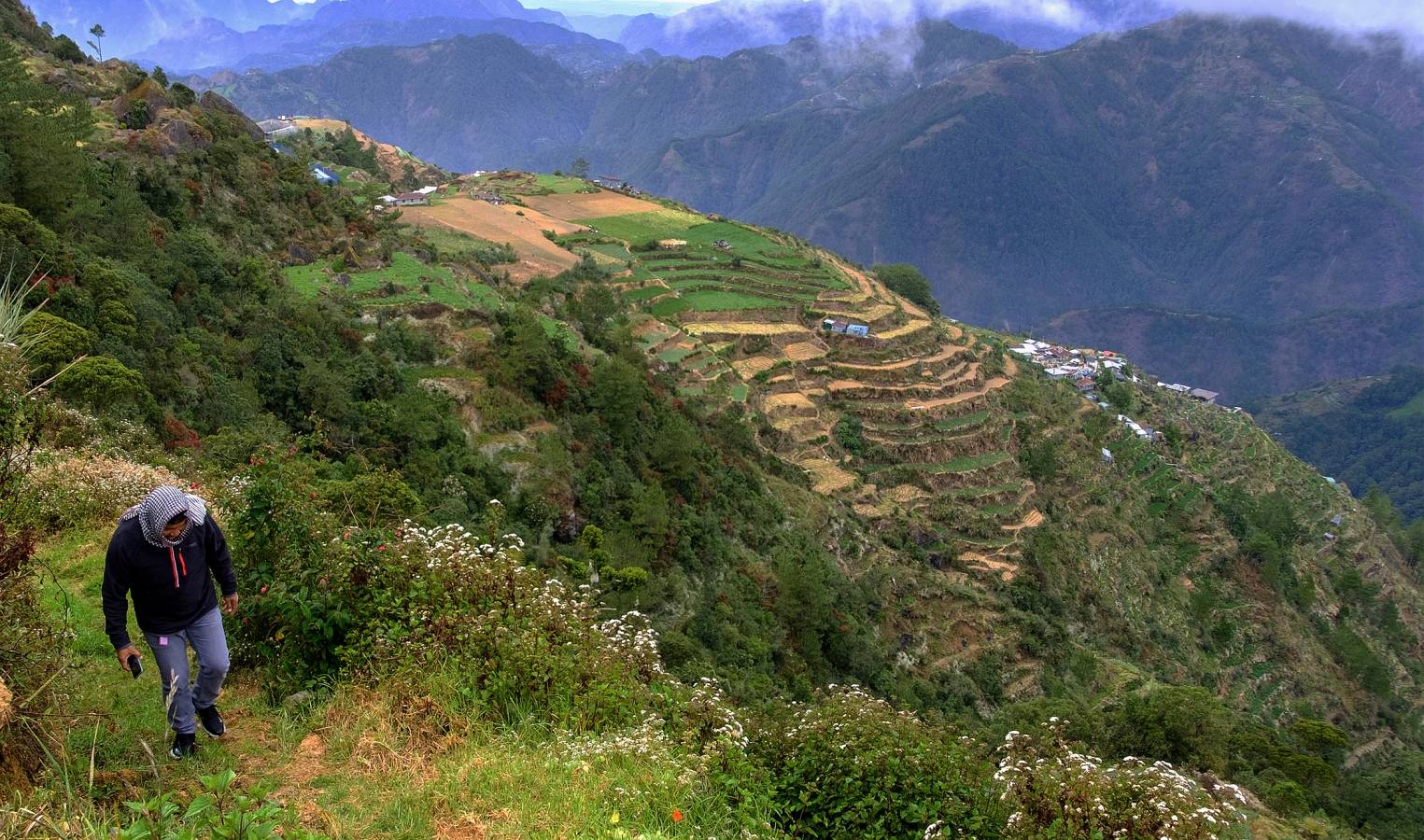The diminishing farmhands in the Cordillera

BAGUIO CITY—Government statisticians have been tracking a decreasing trend in the number of active Benguet farmers, who grow 80 percent of the salad vegetables consumed by Metro Manila households each day.
The proportion of farmers and farmworkers in Benguet’s labor force (made up of 15-year-old workers and older) was 29.37 percent in 2024, said Imelda Buyuccan, chief Benguet statistician of the Philippine Statistics Authority, when she presented the latest results from the province’s community-based monitoring system (CBMS) to 13 municipal mayors on Aug. 15.
The low percentage appears to support the assumption that growing urbanization in rural mountain towns and a new generation of Cordillera residents who were schooled and who pursue nonagricultural careers have changed the character of labor and industry in highland communities, she told the Inquirer.
Agriculture remains a primary trade particularly for the Benguet farming towns of Kibungan whose farmers and gardeners make up 70.54 percent of the workforce, Buguias (67 percent), Atok (62.92), Kabayan (61.29), Bakun (58.9) and Tublay (40.34), according to Buyuccan’s report.

Multimillion-peso industry
But the percentage of farmers were smaller for the municipalities of Kapangan (40.34); Mankayan (35.44), which is a mining town; vegetable-producer Bokod (34.91); fruit-producing Sablan (34.05); urban towns adjacent to Baguio City like Tuba (19.10), vegetable-trading hub and strawberry producer La Trinidad (10.20); and Itogon, which is home to the country’s oldest mines (9.13).
Benguet’s local governments will need to study the labor trend arising from CBMS surveys when they design future programs to address these changes, Buyuccan said.
Benguet vegetables remain a lucrative business for the province. Described by Benguet officials as a “multimillion-peso industry,” the production of beans, cabbages, lettuce, cauliflower, broccoli, bell pepper and potatoes increased in 2024 by 6.05 percent or an estimated total of 253,543.95 metric tons, most of which were shipped to Manila and other Luzon provinces, according to the PSA.

Out-migration represented by youths abandoning their family farms to pursue other jobs in neighboring Cordillera towns and provinces or in other parts of the country has also been a working theory to explain the apparent downtrend in new farmers.
But Buyuccan pointed out that farming communities like Bokod saw a rise in migration when new farm roads were built and a prominent university set up a campus there.
The 2024 CBMS also showed improvements in the quality of life in many Benguet communities that could encourage young residents to remain at home.
Between 2022 and 2024, 95.8 percent of households in Benguet’s 13 towns have access to electricity, Buyuccan said. Internet access has also increased for all upland towns from 72.8 percent in 2022 to P79.8 percent in 2024. As of last year, 91.8 percent of Benguet households relied on clean fuel, although 8.2 percent in far flung neighborhoods still use kerosene, wood and charcoal to cook their meals.

Aging, negative population
The aging Cordillera population which coincides with vastly lower birth rates, even in Benguet, may be relevant to the changing economic demographics, according to the Cordillera Regional Population Executive Board which also convened on Friday.
The elderly Cordillera population would grow to 7.11 percent by 2026, because Abra saw a rise in aging back in 2015, Mountain province in 2021, and Kalinga in 2024, while Benguet and Ifugao would show a dominant aging population by 2034 and 2035, according to the Commission on Population and Development.
But the region is also dealing with a slow population growth that has resulted in negative growth rates, particularly in the provinces of Abra (with a negative 0.39 percent rate as of 2024) and Mountain Province (-1.3 percent). In 2024, the Cordillera had a projected population of 1.808 million people, up from 1.797 million during the 2020 census.

Negative population growth has also been reflected in the Benguet towns of Itogon (-0.69) and Kibungan (-0.24).
The number of registered live births throughout the Cordillera dropped from over 25,000 in 2023 to about 22,000 last year. Benguet recorded the highest births with 5,257 but the number was a 17-percent drop from live births recorded in 2023.
The number of registered marriages in the mountain region also dropped by 23.34 percent from 8,539 in 2023 to 6,546 weddings last year.
The number of deaths has also dropped, from 10,092 in 2023 to 9,237 in 2024, which factors in the demographic composition of the population.
To address the economic impact of a dwindling population that has been happening for the last four years, the Population Executive Board on Friday formed a technical working group to design an analytical tool to explain the Cordillera’s population loss.





















